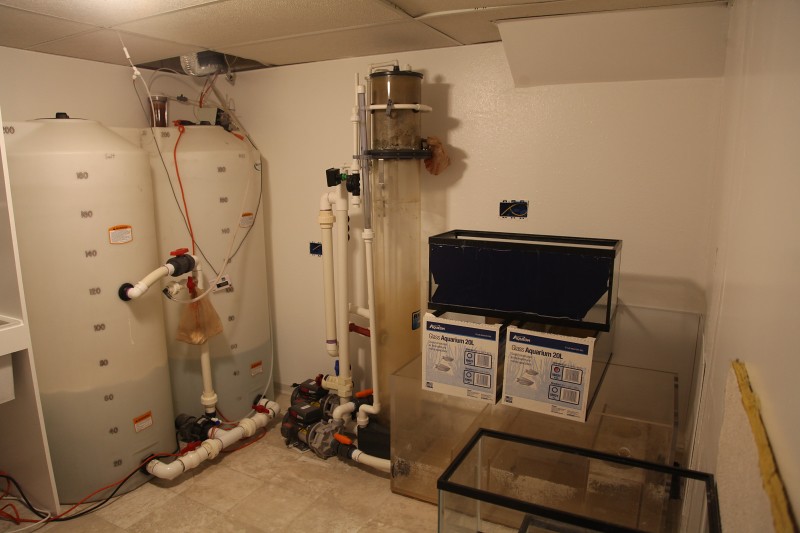I do agree that sizing skimmers based on tank size is not technically correct - they should be sized based on bio load and organics generated. Unfortunately there is no reliable way to determine specific bio load. Consequentially tank size is about the only proxy available to us. At least some skimmer makers qualify the sizing with light, medium and heavy stocking. Not terribly scientific, but it's what we have.
As to your other comments I mostly disagree. I have also been in the hobby for a very long time, have setup many tanks, and experimented with a lot of skimmers. I have neither noticed nor ever been presented with a cogent argument about skimmer performance being a function of either sump size or flow through the sump - beyond absurd minimums, that is. I suppose if a tank has inadequate internal circulation, a stronger return pump might move more detritus to the sump, but that's far more likely to just collect than be removed by the skimmer. In tanks where there is adequate internal circulation, a bigger pump just cost you more in electricity.
There may be a 'myth' that you have missed - that skimmers magically remove all organics in a single pass. They don't, and because they don't the size of and flow through this sump is practically irrelevant.
Flow through the actual skimmer is important, as is contact time. A skimmer, regardless of size, will only remove about 1/3 of the organics. That the addition of a bigger skimmer shows no increase in skimmate may simply be that the smaller one was big enough all along.

